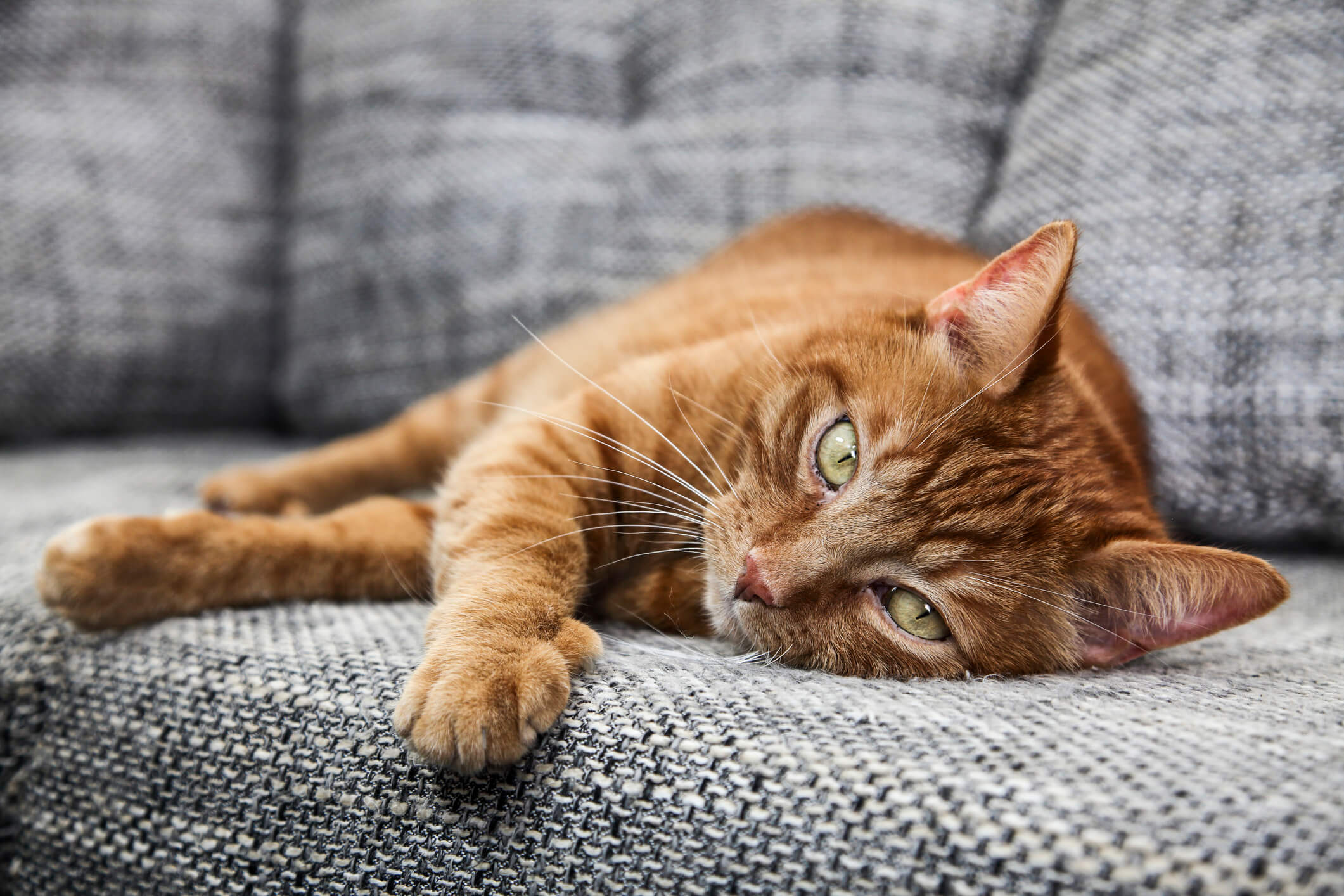
Why Sharp Sounds Can Lead to Cat Seizures
Cat owners often like to poke fun at their kitties for reacting strangely to weird noises. The muscle spasms and repetitive chomping cats respond with are signs that those noises are not appreciated! Some pet parents might even find their cats twitching uncontrollably for what appears to be no reason at all.
As it turns out, the twitching is no coincidence—there’s always a trigger for cat seizures and, for many epileptic kitties, that trigger is sharp noise. Metal spoons, car keys and many other sounds around the house can lead to what’s called a feline audiogenic reflex seizure.
What’s a feline audiogenic reflex seizure?
Feline audiogenic reflex seizures (FARS) are seizures in cats that are triggered by an external stimulus. In the case of FARS, the external stimulus is typically any high-pitched noise in the cat’s environment. The noises from daily activities might sound normal to humans but can accidentally trigger an intense physiological response in epileptic cats.
Cats with FARS may experience a few different types of seizures. Myoclonic seizures are by far the most common, making up nearly 95 percent of all reported FARS cases. This type of FARS seizure lasts less than a second, and the cat will exhibit brief muscle spasms. Myoclonic seizures are very mild and allow the cat to remain conscious the whole time.
Generalized tonic-clonic seizures are much less common among FARS cases. Unlike myoclonic seizures, the cat may lose consciousness for several minutes. Symptoms include falling to the ground, chewing motions, foaming at the mouth and shaky legs.
Risk factors for sound-related seizures
FARS affects very specific groups of cats, which makes it easier to predict whether your cat will experience this type of seizure in their lifetime. FARS is more likely if your kitty falls into one or more of the following categories:
- Old age: FARS seizures typically affect senior cats—specifically those who are 15 years or older. They rarely occur in kittens or adolescent cats.
- Birman: Birman is a type of cat breed, and it’s also the breed most likely to experience FARS seizures. One study found that nearly a third of reported FARS seizures came from Birman cats.
- Hearing impairment: The same study mentioned above also revealed that half of the cases came from cats who were either deaf or had some level of hearing loss. One theory is that cats with hearing impairments are more sensitive to high-pitched noises, putting them at a higher risk for FARS seizures.
Triggers to avoid around your cat
The easiest (and least expensive) way to prevent FARS seizures in cats is to minimize high-pitched sounds in their environment. Some high frequencies are unavoidable, but eliminating unnecessary noises can create a FARS-free zone for your kitty. Here are some common triggers to be aware of:
- Bunching up tinfoil
- Clanking metal spoons
- Tapping on glass
- Typing on computer keyboards
- Jingling car keys
- Crinkling paper or plastic bags
How to help your kitty cope with FARS
First, owners must learn how to respond when their kitty is in the middle of a seizure. Don’t touch or attempt to move the cat. Doing so can lead to a serious bite or scratch. Only move your cat if the muscle spasms put their life at risk, such as potentially falling down a flight of stairs.
The only thing you can do in the moment is allow the seizure to run its course. Most FARS seizures last less than a second, but some have been known to last a couple minutes. FARS seizures are usually harmless, and the cat will soon return to normal. However, you should take your kitty to an emergency clinic if the seizure lasts more than five minutes. If this becomes necessary, wrap them in a thick blanket to prevent injury to the cat or yourself during transportation.
Oral medicine is a vet’s number-one recommendation for managing FARS seizures. Most prescribe an anticonvulsant called phenobarbitone because it’s the most approved method for treating cat seizures. Your vet may prescribe levetiracetam as an alternative because, although it’s less studied than phenobarbitone, the anticonvulsant causes fewer side effects and can cut the number of seizures in half.
A FARS seizure can happen at any moment, making pet parents feel like they’re walking on eggshells around their cats. You can’t always prevent a seizure—but what you can do is limit shrill noises in the home and talk to your vet about medication. These steps can alleviate your kitty’s discomfort, no matter how brief. They will certainly thank you for it!



